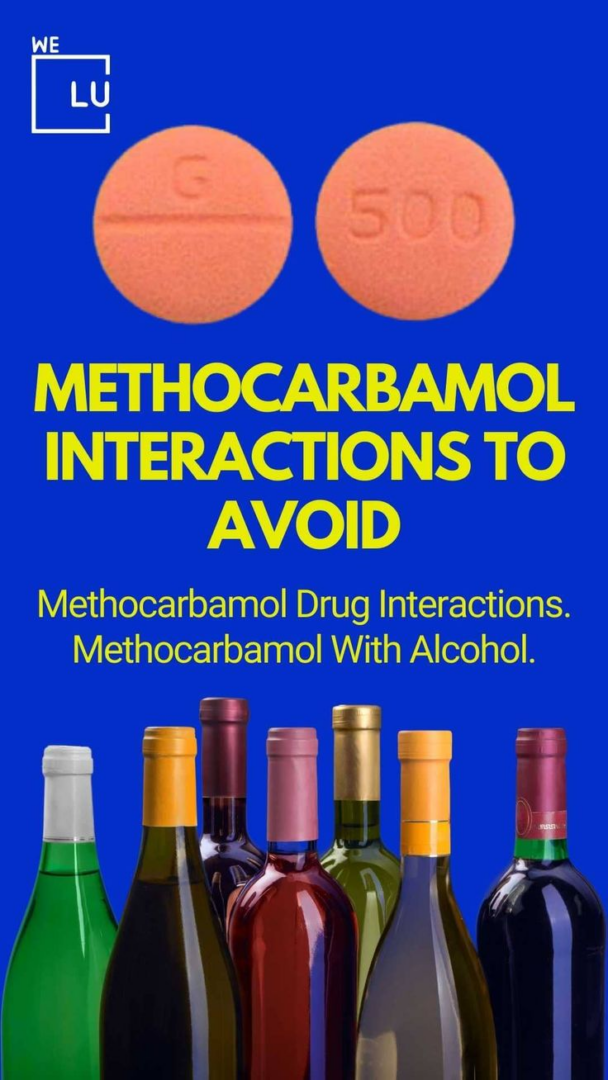
Understanding Sleeping Pills, Types, Uses, Side Effects, Addiction and Treatment
Sleeping pills can become habit-forming, a surprising risk. Unknowingly becoming addicted to sleeping pills is common, but the risks are…

Sleeping pills can become habit-forming, a surprising risk. Unknowingly becoming addicted to sleeping pills is common, but the risks are…

Addiction professionals consider the Addiction Severity Index (ASI) to be a truly valuable diagnostic tool to obtaining an accurate diagnosis…

Potent opioid analgesics, such as morphine and hydromorphone (Dilaudid), are prescribed to reduce severe pain. Although hydromorphone is stronger--it's two…

Healthcare professionals usually prescribe skeletal muscle relaxants (SMRs) such as Flexeril (cyclobenzaprine) and Robaxin (methocarbamol) to treat back pain and…

Flexeril (cyclobenzaprine) is a muscle relaxant that intercepts pain signals to the brain. Typically, musculoskeletal problems like pain, injury, or…

Cyclobenzaprine, or Flexeril, is a muscle relaxant commonly prescribed for musculoskeletal conditions. Although it is not a controlled substance, it…

Uses Cyclobenzaprine is prescribed for short-term relief of muscle spasms, typically in conjunction with rest and physical therapy. It functions…

Morphine, also known as morphine sulfate, is a powerful pain reliever with central nervous system effects. As an opiate derived…

Morphine, a Schedule II prescription opiate, is typically prescribed for moderate to severe pain. Factors influencing its absorption and elimination…

Morphine addiction has serious consequences, including individuals engaging in criminal activity to fund their drug addiction or engaging in risky…